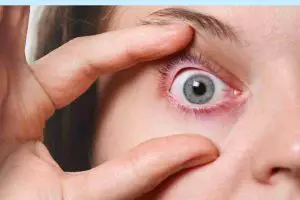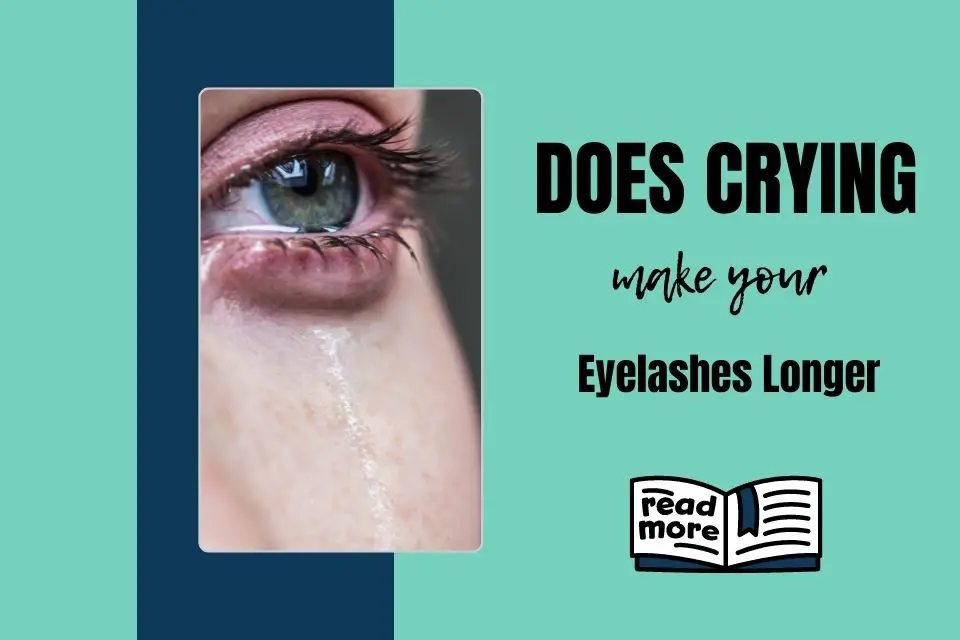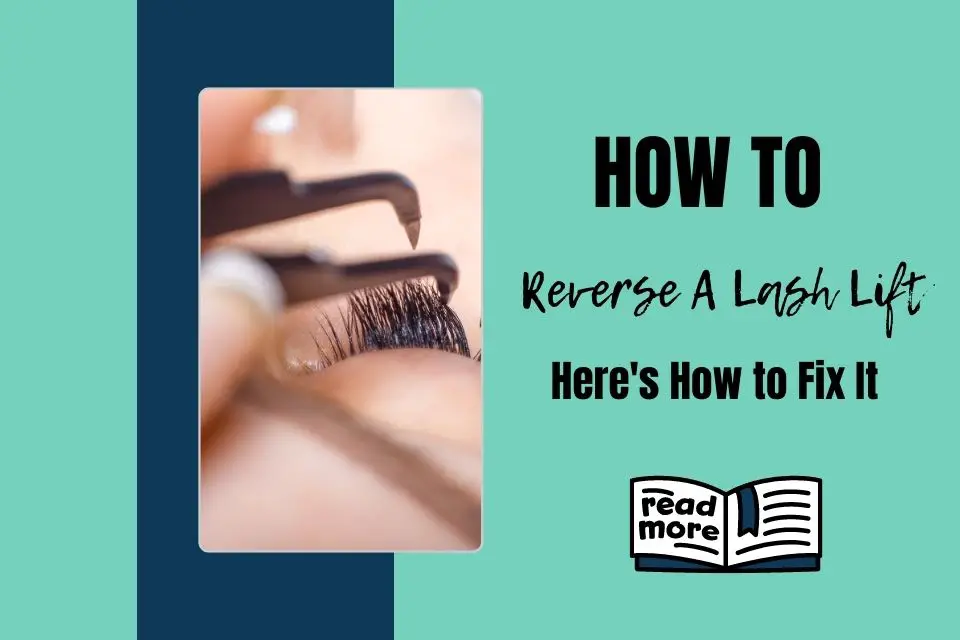Eyelashes are a prominent facial feature often associated with beauty and attractiveness. Some individuals may find their eyelashes too long, uneven, or bothersome, leading them to question whether it’s acceptable to trim them. A common query that arises is, ‘Can I cut eyelashes?’ While cutting eyelashes may not always be detrimental or dangerous, it’s crucial to carefully consider the pros and cons before making any decisions. In this article, we will delve into the anatomy and function of eyelashes, explore the advantages and disadvantages of trimming them, and provide valuable tips on how to safely trim your lashes if you choose to do so.
Anatomy and Function of Eyelashes
What are eyelashes made of?
The human face is dominated by its lashes, particularly in women. These small hair-like structures not only enhance the beauty of the eyes but also serve the important function of protecting them from dust and other foreign particles. Have you ever wondered, though, just what goes into making eyelashes? First off, the protein known as keratin, which is also present in our hair and nails, is what gives our eyelashes their structure. Because of this, they are robust and long-lasting enough to tolerate continuous exposure to elements like wind and dust. The roots of each eyelash reside in tiny pockets called follicles that nourish and support their growth. Interestingly, we all have around 100-150 eyelashes on our upper lid alone!
The role of eyelashes in protecting the eyes
The function of eyelashes in safeguarding the eyes among the most vital organs in our body are our eyes. They are vital in assisting us in exploring and appreciating the wonders of the planet. However, with all their importance, they are also quite delicate and require protection from various external elements. This is the point at which eyelashes become relevant. Eyelashes have a vital function that goes beyond aesthetics; they do more than just make us look more beautiful. Their primary function is to protect our eyes from dust, dirt particles, and other foreign objects that can cause harm or irritation. These tiny hair strands act as a barrier between our eyes and these harmful elements, filtering them out before they can reach the sensitive surface of the eye. Another critical role of eyelashes is to help block excessive sunlight or bright light from entering our eyes directly.
How eyelashes grow and shed naturally
Eyelashes are a coveted beauty feature that can make your eyes appear bigger and more alluring. However, few people know about the science behind their growth and shedding process. Eyelashes have an average life cycle of 3 months and grow in three stages: Anagen, Catagen, and Telogen. During the Anagen phase, also known as the growth stage, new lashes form from hair follicles on the eyelid. This phase lasts approximately 30-45 days, and the lash grows longer and thicker. The Catagen phase is a transition period where the lash stops growing but remains attached to its root. This phase lasts for around 2-3 weeks before moving on Telogen.
Risks of Cutting Eyelashes
Potential for injury to the eye or eyelid
The eye is a delicate and sensitive organ incredibly susceptible to injury. From minor irritation to severe trauma, any injury to the eye or eyelid can have serious consequences. While some injuries may be treatable with medication or simple procedures, others may require surgery, resulting in permanent vision loss. The act of cutting eyelashes carries inherent risks. A momentary lapse in attention or an accidental slip of the scissors can result in injury to the eye or eyelid. The close proximity of the cutting tool to the eye demands utmost precision, and any deviation from careful execution can lead to unintended harm.
Risk of infection or irritation

As we go about our daily lives, it is natural to encounter situations that put us at risk of infection or irritation. The eyes are highly sensitive, and introducing foreign objects, such as unclean scissors or contaminated hands, near this area can elevate the risk of infection or irritation. Bacteria or debris on the cutting tools may cause redness, swelling, or even more severe eye infections. Maintaining proper hygiene and using clean tools are imperative to minimize the potential for adverse reactions during or after the eyelash cutting process.
Possibility of causing permanent damage to the eyelashes
Eyelashes undergo a natural growth cycle, and interfering with this process through frequent or improper cutting may result in permanent damage. Overzealous trimming can disrupt the growth pattern, leading to uneven or sparse eyelashes. The risk of causing irreversible harm underscores the importance of approaching any alteration to eyelashes with caution and an awareness of the potential long-term consequences.
Benefits of Cutting Eyelashes
Improved appearance and aesthetics

Trimming eyelashes contributes to an enhanced visual appeal by promoting a well-groomed and polished appearance. Removing any uneven or excessively long lashes creates a more refined and defined look, emphasizing the eyes as a focal point of facial aesthetics. This aesthetic benefit is particularly appealing to individuals seeking a tailored and neat appearance.
Reduced risk of eyelash entanglement or irritation
Long eyelashes may occasionally lead to discomfort due to entanglement or contact with the skin. By trimming the lashes to a moderate length, the risk of entanglement and irritation is significantly reduced. This ensures that the eyelashes maintain their protective function without causing any unwarranted discomfort, contributing to overall eye health and comfort.
Potential to stimulate new eyelash growth
Thoughtful trimming of eyelashes may have the potential to stimulate the growth of new lashes. By encouraging a healthier growth cycle and preventing the hindrance of overly long lashes, individuals may experience improved lash density. However, it’s important to approach this potential benefit with moderation and consult with professionals for personalized advice to avoid unintended consequences.
How to Safely Cut Eyelashes
Tools and materials needed
When considering cutting or trimming eyelashes, it’s essential to gather the appropriate tools and materials to ensure a safe and effective process. The primary tool required for this task is a pair of small, sharp scissors with a fine tip. These scissors are specifically designed for precision around the delicate eye area, allowing for controlled and careful trimming. Additionally, having a clean spoolie brush or eyelash comb can aid in separating and gently brushing the eyelashes, providing a clear view of the desired length to be trimmed. It is crucial to prioritize hygiene by using sanitized tools and working in a well-lit area to avoid accidents or unintended cuts. Taking the time to prepare the necessary tools and materials beforehand contributes to a smoother and more controlled eyelash-cutting experience, promoting both safety and desired aesthetic outcomes.
Step-by-step instructions for trimming eyelashes
Trimming your eyelashes may sound daunting, but it can be done easily and safely with the right tools and helpful tips. Here’s a step-by-step guide to trimming your eyelashes like a pro:
1. Start by washing your face thoroughly to remove any makeup or dirt on your lashes.
2. Use an eyelash curler to lift and shape your lashes before trimming.
3. Choose a pair of sharp scissors specifically designed for trimming eyelashes – do not use regular household scissors as they can cause injury.
4. Gently hold the lash with one hand and trim any excess length from the tip using small snips.
5. Repeat this process for all lashes, carefully taking off only small amounts at a time.
Tips for minimizing risks and maximizing benefits
Alternatives to Cutting Eyelashes
For those seeking alternatives to cutting their eyelashes, various options exist that provide cosmetic enhancements without directly altering the length of the lashes. One popular alternative is the use of eyelash curlers, which can lift and curl the lashes, creating the illusion of added length and volume. Additionally, the market offers a wide array of mascara formulations designed to lengthen, darken, and volumize lashes without the need for cutting. False eyelashes or eyelash extensions are other alternatives, providing temporary or semi-permanent solutions for those desiring a more dramatic look. Eyelash serums containing growth-stimulating ingredients are increasingly popular, promoting natural lash growth over time. These alternatives offer flexibility for individuals seeking diverse approaches to enhance their eyelashes without resorting to cutting, allowing for a customizable and non-invasive approach to achieving desired aesthetic effects.
Related Reading: Is Vaseline good for your eyelashes?
Conclusion
In conclusion, cutting your eyelashes can be a personal choice based on your preferences and needs. While trimming your lashes may improve their appearance and reduce irritation, it is important to approach the process cautiously and use proper techniques to minimize the risk of injury or damage. Alternatives such as mascara or false eyelashes may also be worth exploring if you hesitate to cut your lashes. Ultimately, the decision to cut your eyelashes should be made after carefully considering the potential risks and benefits and with the help of a professional if necessary.



